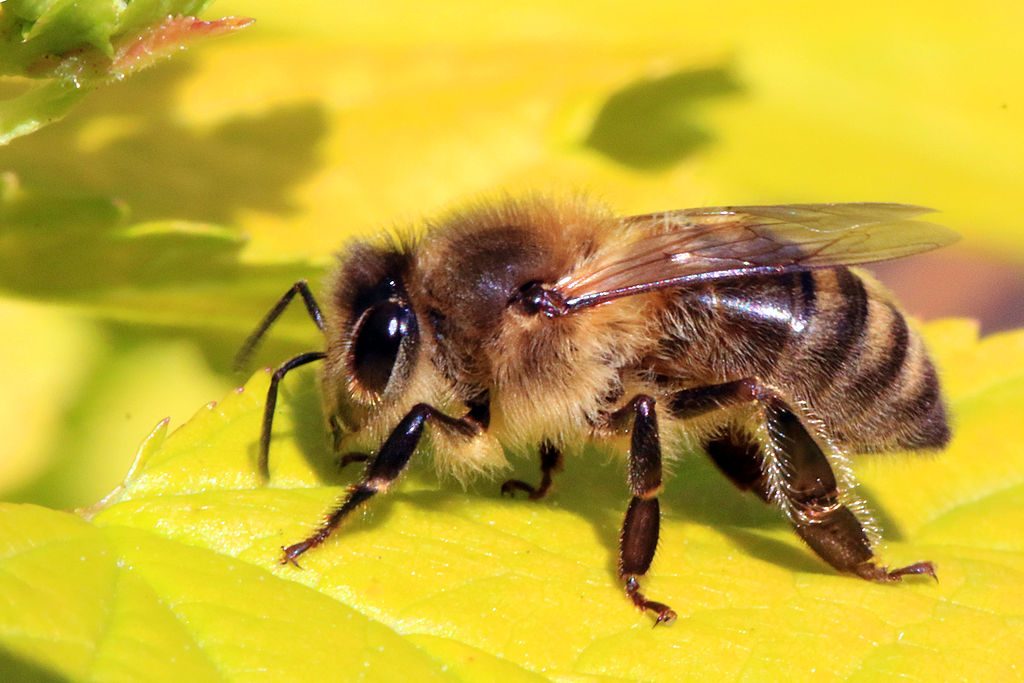
Insect populations are plummeting worldwide, sparking alarm amongst scientists studying the problem. According to the first global scientific review of insect population decline, more than 40 percent of insect species are dwindling, a third are endangered, and a tenth are going locally extinct. The results of the study were published in the April edition of the peer-reviewed journal Biological Conservation.
Researchers at the University of Sydney, the University of Queensland, and the China Academy of Agricultural Sciences analyzed 73 historical reports on insect population declines for the study. They focused their analysis on insects in European and North American countries. Their analysis found that insects are going extinct 8 times faster than mammals, birds, and reptiles.
According to their calculations, the total mass of insects is falling by 2.5 percent annually. If the decline continues at the current rate, they say that insects could be extinct on Earth within a century. Study co-author Francisco Sánchez-Bayo, an environmental biologist at the University of Sydney, Australia, said, “If insect species losses cannot be halted, this will have catastrophic consequences for both the planet’s ecosystems and for the survival of mankind.”
Insects are essential for the proper functioning of all types of ecosystems on Earth. Insects are food sources for many bird, fish, and mammal species. Fruit, vegetable, and nut production depends on pollinators like bees and butterflies. Some insects act as pest controllers by eating other bugs. Insects also help to break down decaying matter and recycle nutrients back into the soil.
The study found that dung beetles, butterflies, moths, bees and wasps appeared to suffer the most substantial declines. Between 2000 and 2009, the U.K. lost more than half of its butterfly species on farmed land. The U.S. lost more than half of its honey-bee colonies from 1947 to 2007. The study’s authors recommend cutting down on the amount of chemicals used in agricultural practices and restoring insect habitats to slow the declines in insect populations.
